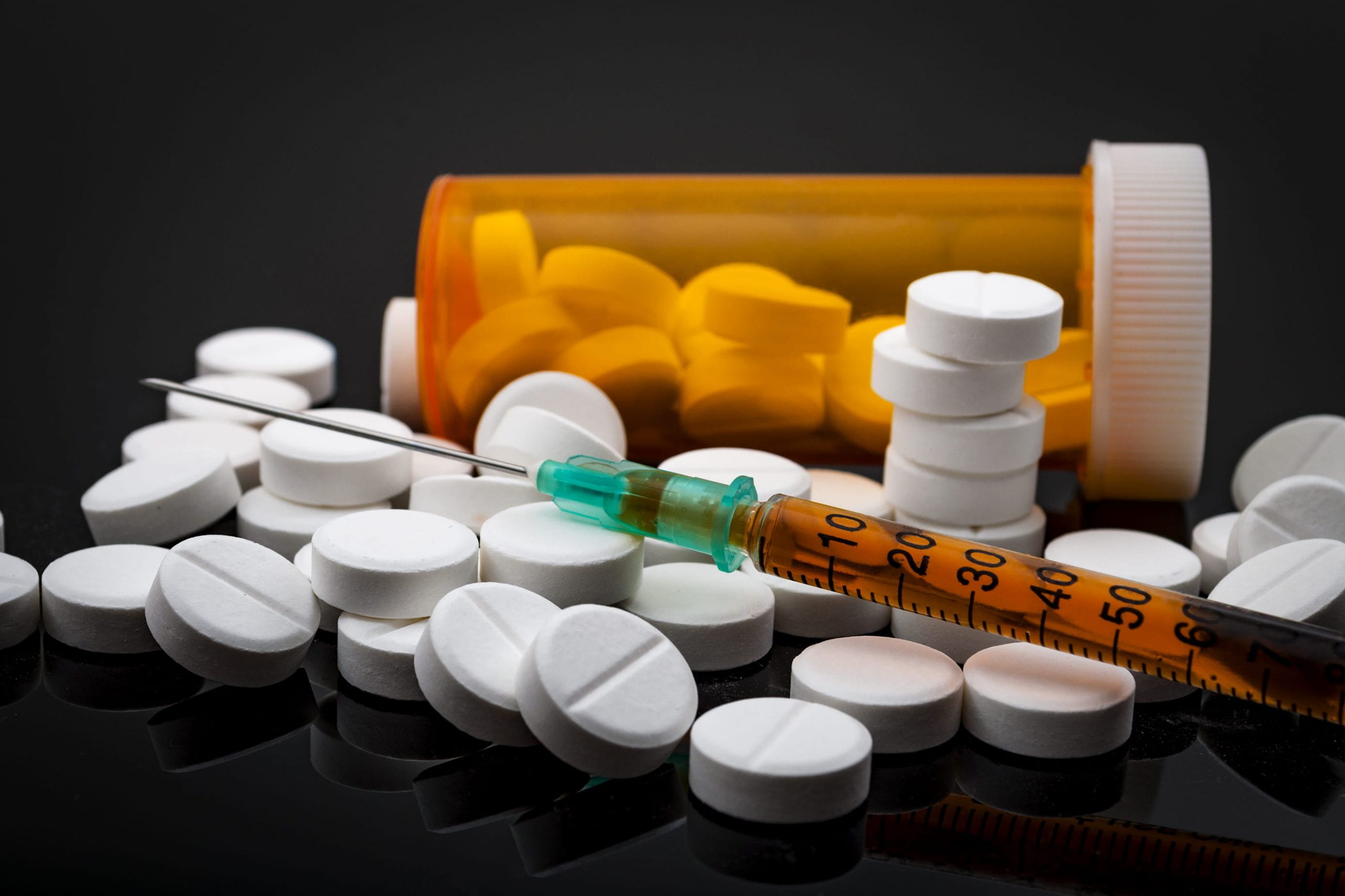Anabel Sanchez
Online Editor
You turn on the news and there seems to be a new opioid-related story at every turn. You might have even heard of them glamorized in the latest chart-topping song, or you might have recently heard that one of your favorite celebrities has experienced an opioid-related overdose.
How have opioids become such a national problem?
First off, it’s important to know what defines an opioid. Opioids, also called opiates, are a class of drugs that when taken, interact with opioid receptors in your cells. Usually synthetic, prescription drugs such as morphine, codeine, oxycodone, and the illegal drug, heroin, are among the most widely abused opioids.
Many individuals are introduced to opiates when one or more of these drugs is prescribed to them for medical pain relief. Due to this and their euphoric effect on the body, people can gradually become dependent on them. In fact, nearly 80 percent of heroin users reported abusing prescription opioids prior to heroin. However, in recent times, there are many who are introduced to them due to their propagation in the streets.
Often, it can be a lethal addiction. The Centers for Disease Control and Prevention report that almost 48,000 people died from opioid overdoses in 2017, and according to the U.S. Department of Health and Human Services, over 130 people a day die from opioid-related drug overdoses. There has also been a rise in the percentage of expectant mothers who’ve used opiates while pregnant. This usage can cause drug withdrawal syndrome in newborns called neonatal abstinence syndrome (NAS).
The situation is so dire that back in April 2018 the US surgeon general issued an advisory recommending that Americans carry naloxone, an opioid overdose-reversing drug.
However, while it seems the opioid epidemic is a recent issue, the latest reports indicate that the crisis entrenched its roots 40 years ago, long before the synthetic variety became available. The more recent trend of mixing these synthetic varieties, as well as the accessibility has only worsened the situation.
The constant misuse and the illegal dealing of opiates in cities all over the country have led to entire states dealing with combating the epidemic. Recently, Connecticut received $20 million from the federal government, while Louisiana received $30 million to aid in fighting the crisis.
Meanwhile, the House Energy and Commerce Committee revealed after initial investigations that 20.8 million hydrocodone and oxycodone pills were delivered to the town of Williamson, West Virginia in the last 10 years. As a result, the state holds the highest record for most opioid-related deaths in any nation.
What is clear is that while the drug of choice changes with time, the result remains the same: a staggering number of people continue to die due to overdosing.
In response to this, the government has upped their funding for accessible rehabilitation facilities nationwide, and better implementation of pain management options are being promoted. The government and national health services are actively pushing the importance of awareness, prevention and recovery options. The U.S. Department of Health and Human Services has also developed an in-depth 5-point strategy that is accessible to all for reading via their website.
Respectively, after their previous investigations, in August 2018 the House Energy and Commerce Committee opened an official investigation into opioid manufacturers. The investigation’s purpose is to accurately assess the possible role of manufacturers in the epidemic.
With the nationwide effort in tow, only time will tell what the long-term effects and results will be.
For further information, you can visit the U.S. Department of Health and Human Services’ website at www.hhs.gov/opioids for comprehensive statistics and other material related to the crisis.
photo credit: Opioids overdoses accounted for almost 48,000 deaths in 2017. Photo Credit:In-housestaff.com
